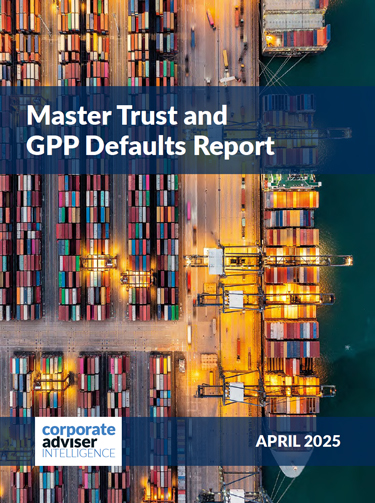An investment bond offers investors certain tax advantages, one of which is the ability to take partial surrenders from the investment. This facility allows the policyholder to withdraw amounts up to 5% of the amount invested each policy year on a tax deferred basis, without incurring any immediate tax liability. This tax deferred allowance can continue until an amount equal to the amount invested has been returned and so payments can be 5% each year for twenty years, 4% a year for 25 years and so on.
As the allowance is cumulative it allows for any unused allowance to be carried forward to subsequent policy years. Therefore if no withdrawals are taken in year one, 10% is available in year two, if no withdrawals are taken in years one and two, 15% is available in year three and so on.
A danger with this facility is when the 5% allowance is exceeded the chargeable gain on which the policyholder is assessed is equal to the amount over and above the 5% allowance that has been taken, irrespective of the value of the policy. This can give rise to large artificial gains. Let us look at an example:
- Jerry invests £200,000 into an investment bond made up of 100 individual policies.
- His 5% tax deferred allowance is therefore £200,000 x 5% = £10,000 each year.
- Market conditions have been mixed and just over two years later the bond is worth exactly the same as when Jerry invested the money, £200,000.
- Due to an emergency, he needs to release an amount of £100,000 and asks the provider for a withdrawal equal to this amount. This is taken equally across all the individual policies.
- His tax deferred allowance is only £10,000 x 3 years = £30,000 as the policy is in its third policy year.
- Jerry is therefore making an excess withdrawal of £100,000 – £30,000 = £70,000.
Despite the investment not growing, the partial surrender will generate a chargeable gain of £70,000 at the end of the policy year and this will be assessed in the tax year in which that policy anniversary falls. Depending on Jerry’s other income he may lose his personal allowance, and as the bond has only been running for a few years, top slicing relief may not provide too much benefit.
A simpler solution would have been to surrender half of the individual policies. Each policy would not have shown a chargeable gain and no tax liability would exist.
There have been a number of high profile cases recently where policyholders have inadvertently made large withdrawals or partial surrenders, incurring considerable tax liabilities, for example Lobler v HMRC [2015]. The high court and upper tax tribunals have debated some of these cases and led to HMRC consulting on reform in 2016. Three possible solutions were offered by HMRC, including the introduction of a 100% allowance, and HMRC published the result of the consultation as part of the Autumn Statement.
HMRC have decided not to change the law regarding the amount a policyholder is able to withdraw but the draft 2017 Finance Act states that a policyholder can apply to HMRC, within two years of the end of the policy year in which the gain arose, where a gain is ‘wholly disproportionate’. There is no definition of what a ‘wholly disproportionate’ gain is although the accompanying notes state that this instance ‘will arise very infrequently’. We do not know how infrequent this needs to be either.
If HMRC agree they will then recalculate the gain on a ‘just and reasonable basis’, and again there is no definition here as to what a ‘just and reasonable basis’ is.
It is worth noting that it is the policyholder who would apply to HMRC for a recalculation and the draft legislation does not involve the bond provider in the process. It is therefore unclear what changes, if any, a bond provider will be expected to make when HMRC change the basis of the calculation. Without their involvement later chargeable event certificates issued by the provider may be incorrect and it is unclear how the policyholder would be expected to report the basis of taxation on their self-assessment form. This could have implications in the years to come on how future withdrawals or policy surrenders are taken unless all the records are available.
This process of recalculation is due to come into force in April 2017 and it is hoped that HMRC will issue more information around this before that time so that policyholders, advisers and providers will have a more detailed understanding.
Neil Jones
Canada Life




